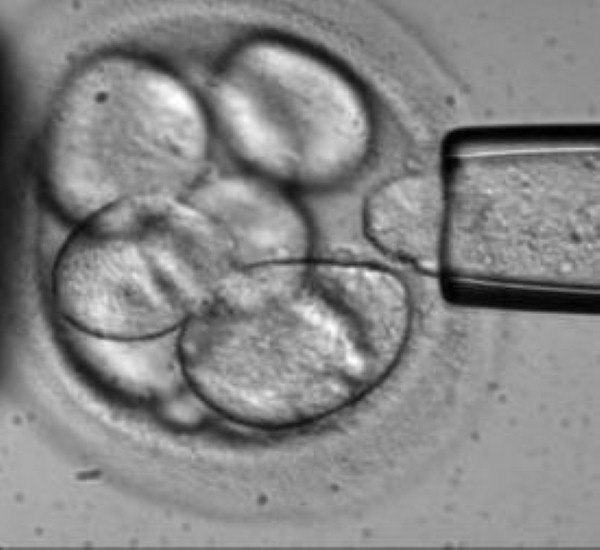Scientists at Michigan State University (MSU) have identified a gene that could make it easier to develop stem cells, which have the potential to benefit millions of people.
While the gene, which is known as ASF1A, was not discovered by the team, they determined that it is one of those responsible for cellular reprogramming – a phenomenon which is key to stem cell production as it can transform one cell into another.
"This has the potential to be a major breakthrough in the way we look at how stem cells are developed," said Elena Gonzalez-Munoz, a former MSU post-doctoral researcher and first author of the team's paper, which was recently published in the journal Science.
"Researchers are just now figuring out how adult somatic cells such as skin cells can be turned into embryonic stem cells. Hopefully this will be the way to understand more about how that mechanism works."
The scientists analysed more than 5,000 genes from a human egg, or oocyte, before discovering that ASF1A, along with another gene known as OCT4 and a helper soluble molecule, were the ones responsible for the reprogramming.
Previous research laid the groundwork for the discovery – in 2006, an MSU team identified the thousands of genes contained within the oocyte, while in 2007 Japanese scientists found that stem cells could be created without using a human egg by introducing four other genes into cells. These cells are known as pluripotent stem cells, or iPSCs.
As they are derived directly from adult tissue, iPSCs can be a perfect genetic match for a patient.
ASF1A and OCT4 genes work in tandem with a ligand, a hormone-like substance that also is produced in the oocyte called GDF9, to facilitate the reprogramming process.
Jose Cibelli, an MSU professor of animal science and a member of the team, said many more genes have yet to be discovered that play a part in the cellular reprogramming process.
The team hopes to be able to conduct further research on oocytes that will enable them to develop new, safer stem cell strategies.

